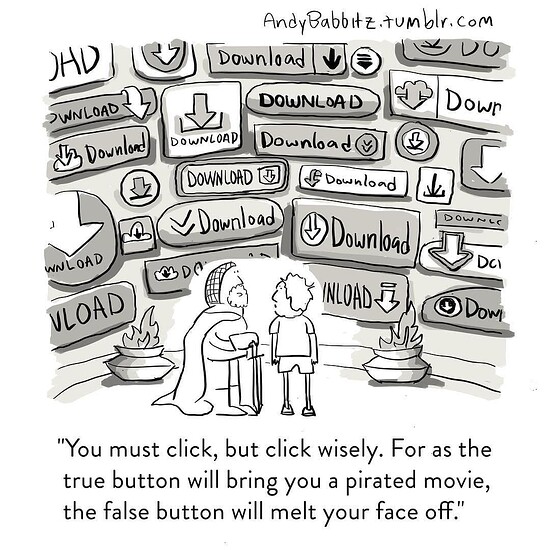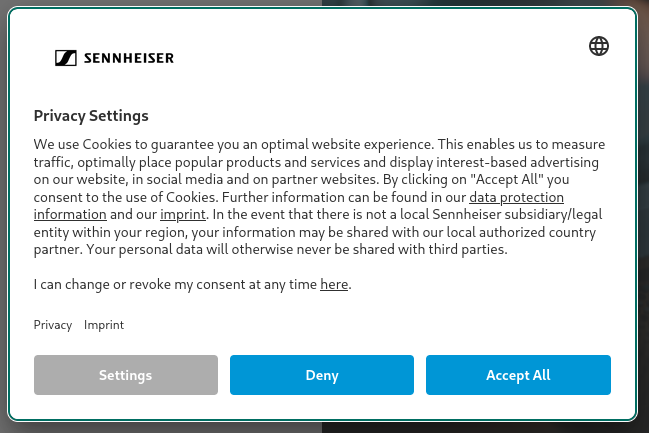Found some good resources for defining, identifying, and cataloging dark patterns and deceptive design practices in various software and services.
These are designs in UI or functionality meant to trick or abuse the user into an unwanted action. Often these patterns target those who are less tech-literate.
Examples include:
- a service being very easy to subscribe to, yet very difficult to unsubscribe from with multi-step friction and obfuscation
- windows installers that hide installation of other unwanted apps, buried in “advanced” or hidden UI so the user skips by unknowingly.
- game design focused around gambling mechanics aimed towards children
- in game shops that abstract away the currency into intermediary currency to obfuscate the amount being spent. while also setting item prices such that you can never reach a zero balance. there is always an amount of in-game currency trapped in the shop that you can’t spend, which incentivizes spending more to be able to use that currency.
- default settings to opt-in user to collection of data without their knowledge or consent.
darkpattern.games currently only features mobile games for now, but say they plan to add other platforms in the future. Mobile games are notoriously bad across the board.
When they do start adding desktop games, they should add Fortnite which employs a few patterns…
Next time I run into a dark pattern I’ll make a note of it here.
Discuss and share here any dark patterns or deceptive designs you’ve run into in your travels.








